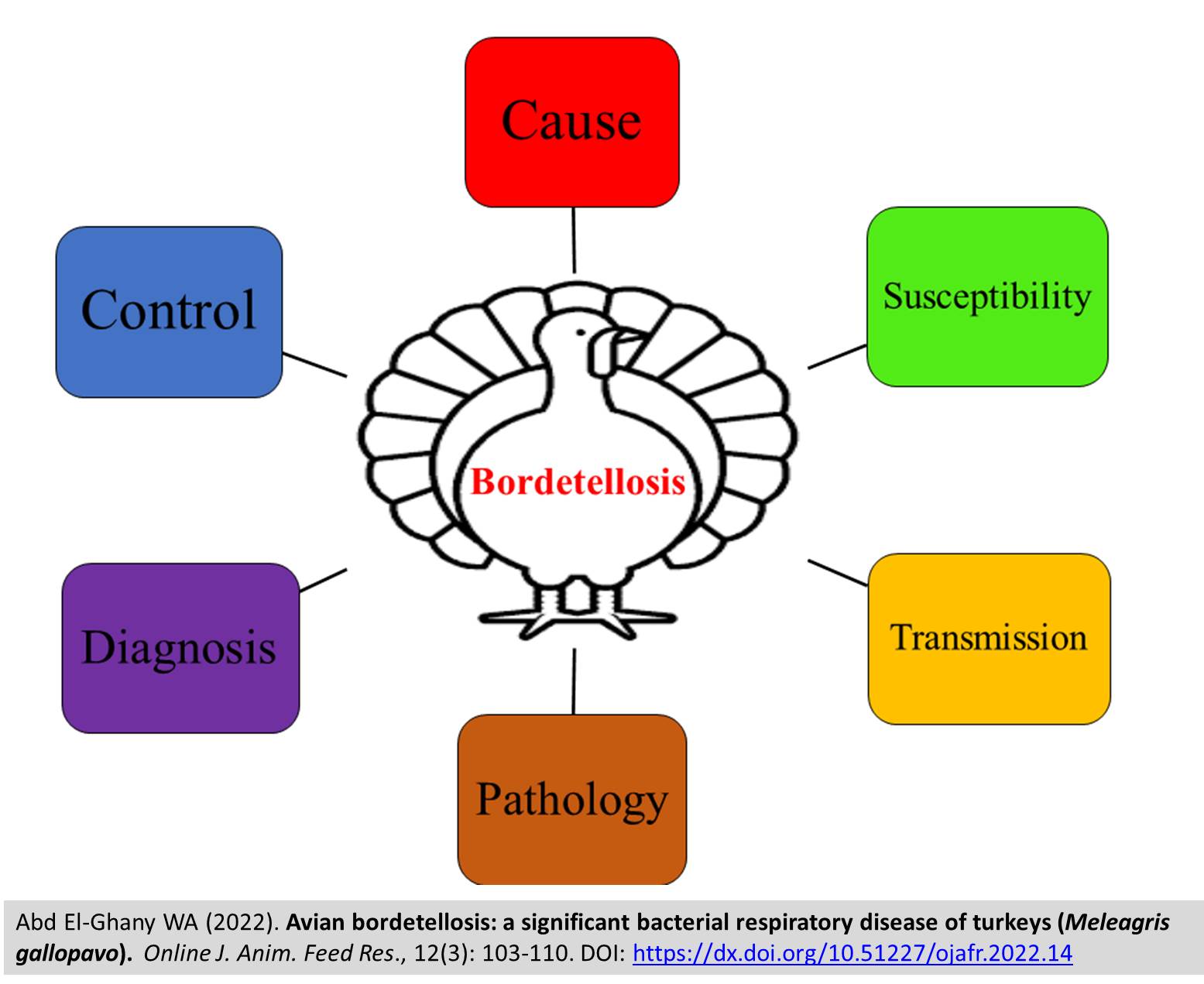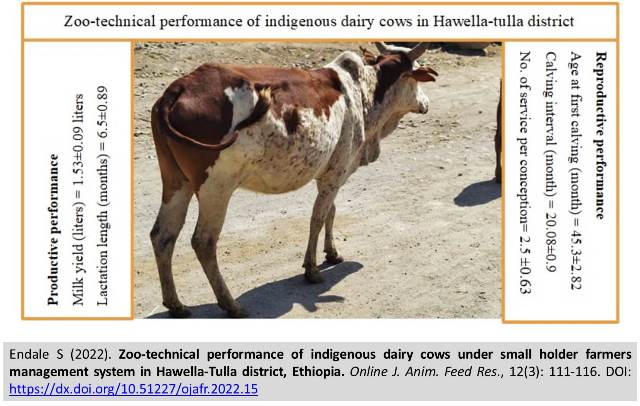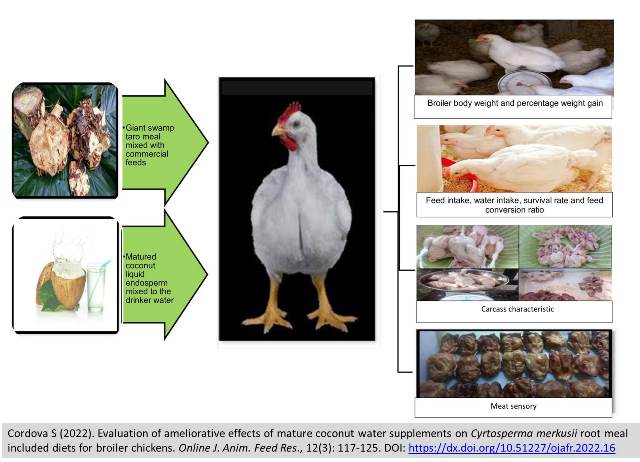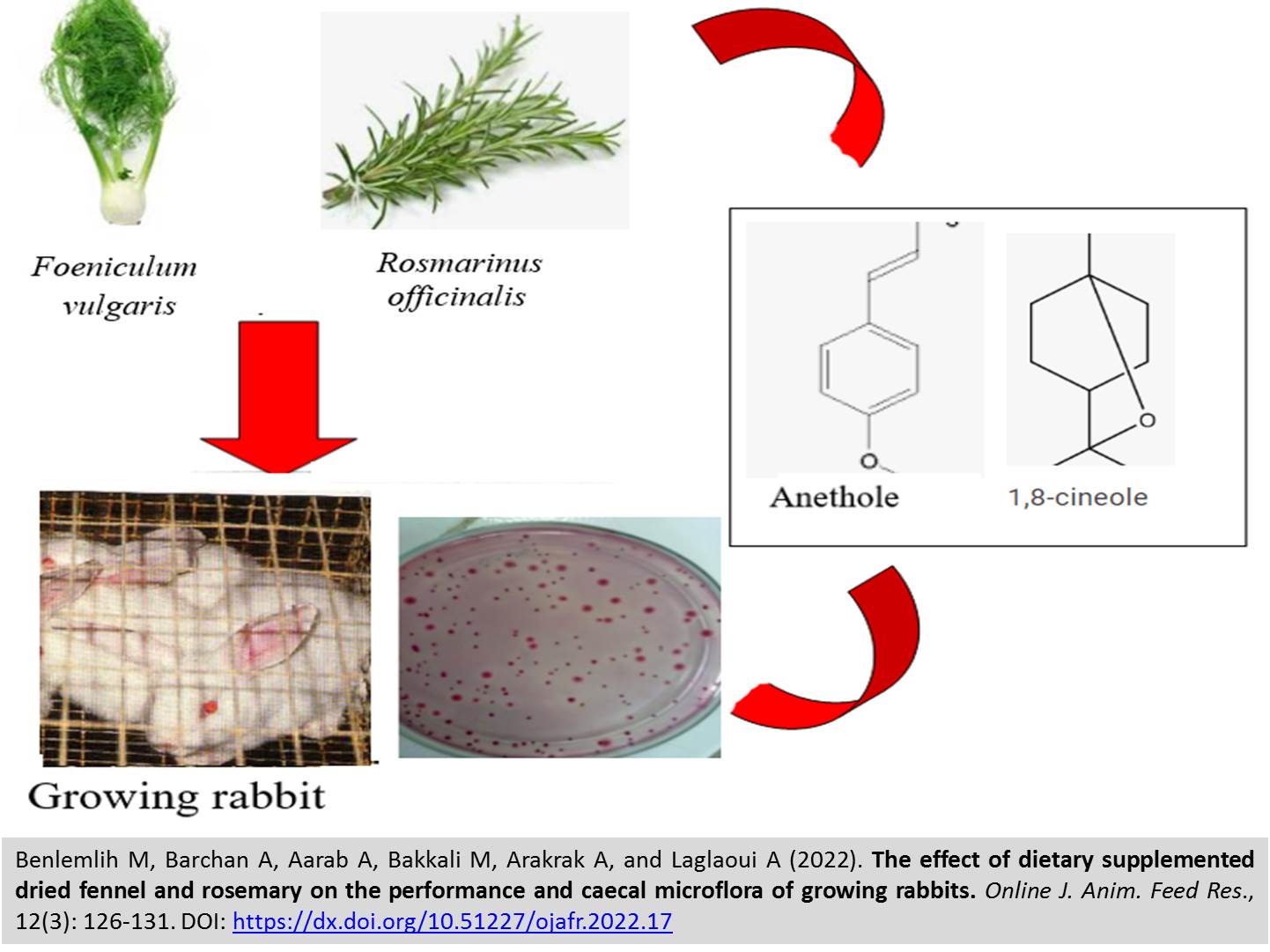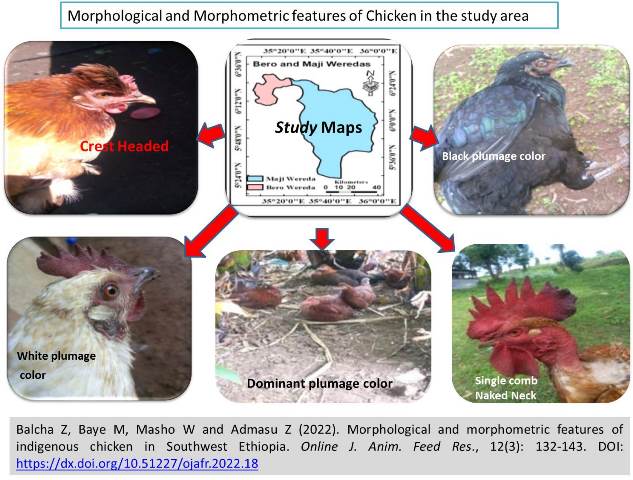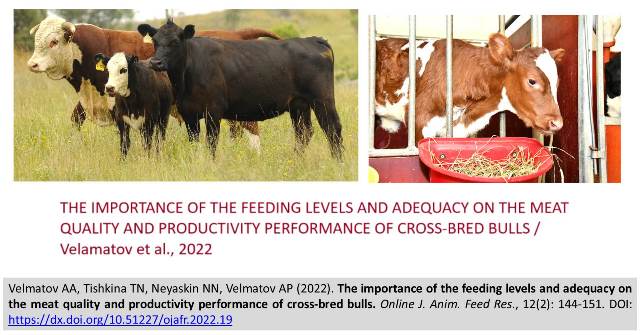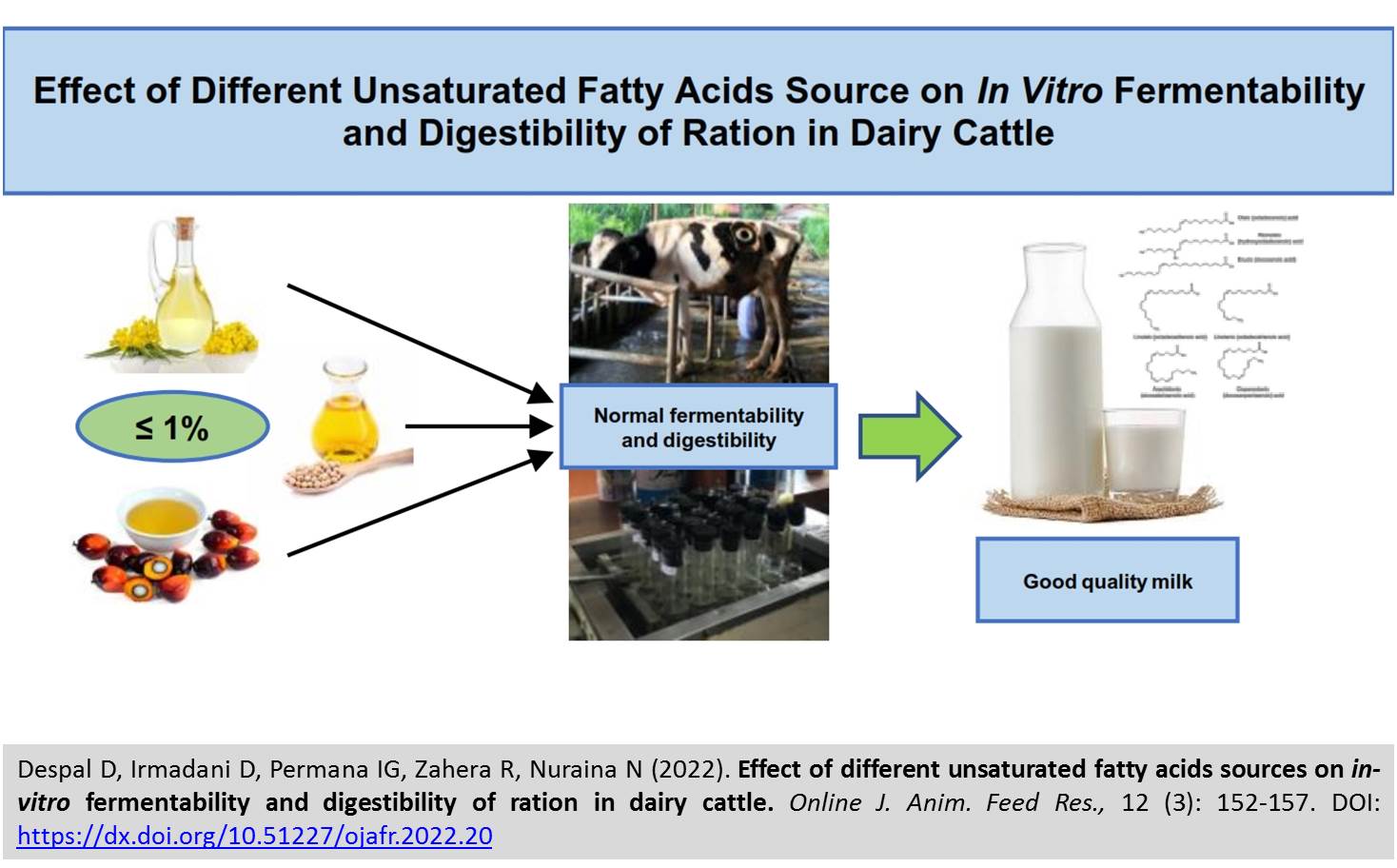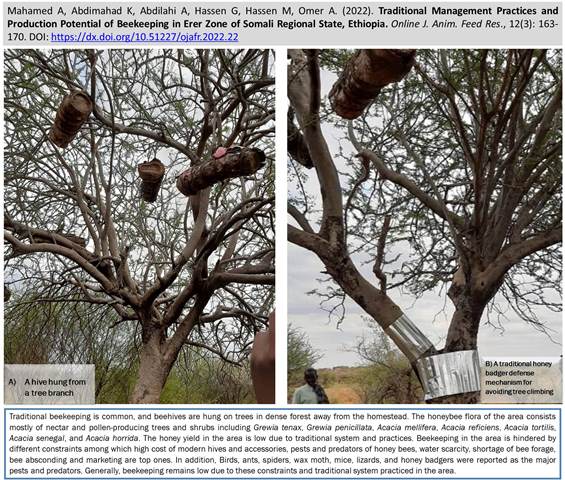Previous issue | Next issue | Archive
![]() Volume 12 (3); May 30, 2022 [Booklet] [EndNote XML for Agris]
Volume 12 (3); May 30, 2022 [Booklet] [EndNote XML for Agris]
Avian bordetellosis: a significant bacterial respiratory disease of turkeys (Meleagris gallopavo)
Abd El-Ghany WA.
Online J. Anim. Feed Res., 12(3): 103-110, 2022; pii: S222877012200014-12
DOI: https://dx.doi.org/10.51227/ojafr.2022.14
Abstract
This review was designed to spotlight on avian bordetellosis regarding the bacterium pathogenesis, susceptibility, transmission, pathology, laboratory diagnosis, and prevention and control measures. Bordetellosis (moreover called turkey coryza) is a contagious bacterial upper respiratory disease of poultry, especially turkey poults. The disease is characterized by high morbidity and low mortality with terrible economic losses for turkeys industry. Bordetellosis is caused by Bordetella avium (B. avium) bacterium which colonizes and destructs the cilia of the respiratory tract. Concurrent infection during bordetellosis outbreaks is common and contributes to the poor performance of B. avium-infected flocks. Domesticated and wild birds are susceptible to bordetellosis. All ages can get infection with bordetellosis, however, young ages are more susceptible than adult. Infection and transmission of B. avium occurs through aerosol, water, and reservoirs, but not vertically. The clinical picture of bordetellosis is usually upper respiratory, except in complications with other bacteria or stressors, the infection extends to the lower respiratory tract. The bacterium is isolated aerobically on 10% sheep blood agar and appears as Gram negative bacilli. Endotoxin, tracheal cytotoxin, heat-labile dermonecrotic toxin, and osteotoxin are produced by B. avium. Antibiotic treatment of B. avium shows variable results and it is usually ineffective. Different types of living and inactivated vaccines are used to prevent bordetellosis.
Keywords: Bordetella avium, Diagnosis, Domesticated birds, Pathogenesis, Turkey coryza.
[Full text-PDF] [Scopus] [ePub] [Export from ePrint]
|
|
Zoo-technical performance of indigenous dairy cows under small holder farmers management system in Hawella-Tulla district, Ethiopia
Endale S.
Online J. Anim. Feed Res., 12(3): 111-116, 2022; pii: S222877012200015-12
DOI: https://dx.doi.org/10.51227/ojafr.2022.15
Abstract
Ethiopia's dairy production system is predominantly extensive, with poor cattle performance constrained by a variety of factors such as poor genetics, low reproductive performance, and poor quality of feed, among others. So far, little work aimed at increasing dairy production has been undertaken. The objective of the study was to characterize the zoo-technical performance of indigenous dairy cows under small holder farmer management system. The study was undertaken in Hawella-Tulla district, Sidama Region; Sothern Ethiopia from November 2020 to March 2021. From three peasant associations (PA), 180 smallholder dairy farmers who owned local cows were selected using a simple random selection technique. Data were collected using a structured questionnaire. The majority of farmers (75%) practiced in mixed crop-livestock farming primarily produce milk for income generation. Farmers hold an average of 1.95±0.063 local lactating cows. The productive performance of the indigenous cow mean of daily milk yield was 1.53±0.09 liters and 6.5±0.89 months of lactation length. The mean age at first service (AFS) was 38.5 ± 2.71 months, Age at first calving (AFC) was 45.3±2.82 months, calving interval (CI) was 20.08±0.9 months, and number of services per conception (NSPC) was 2.5 ±0.63. It can be concluded that the zoo-technical performance of local cows was very low. Therefore, planned technical and institutional intervention to improve the feeding system, provide better health management, genetic improvement of local breeds through crossbreeding and synchronization should be carried out for the betterment performance of local cows.
Keywords: Breeding, Calving, Indigenous cows, Smallholder system, Zoo-technical performance.
[Full text-PDF] [Scopus] [ePub] [Export from ePrint]
|
|
Evaluation of ameliorative effects of mature coconut water supplements on Cyrtosperma merkusii root meal included diets for broiler chickens
Cordova S.
Online J. Anim. Feed Res., 12(3): 117-125, 2022; pii: S222877012200016-12
DOI: https://dx.doi.org/10.51227/ojafr.2022.16
Abstract
The simultaneous degradation of essential nutrients is the major drawback in detoxifying anti-nutrient toxic substances of root meal-based diets. An ameliorative dietary supplement for root meal-based diets without undergoing thorough detoxification is proposed. Therefore, this trial aims to determine the effects of mature coconut water (MCW) against the anti-nutritional factors (ANF)-containing C. merkusii root meal diet on growth performance, carcass characteristics, and organoleptic traits of broiler chickens. Cobb 500 (n=160) day-old (male) grouped into the standard diet (commercial maize-soybean) or ANF (15% raw C. merkusii + 85% commercial maize-soybean) diet group, and the birds every group further allocated into 0, 5, 10, and 15% MCW water treatment groups (n=5) with four replications. The trial lasted for 20 D (8 to 28 D of age). In the ANF diet, treatment with MCW significantly differs on feed conversion ratio (FCR). The 5-15% MCW treated chickens were more feed-efficient than the 0% MCW treatment. MCW treatments were not significant on body weight, weight gain, survival, carcass component, and organoleptic traits of broiler chickens under the standard or the ANF diets. However, significant diet*water interactions were observed on BW and dress weight, and significant gizzard weight due to diets. In general, the improved FCR may be the ameliorative effect of mature coconut water against ANF on raw C. merkusii root meal inclusion (15% + 85%) in the standard diets.
Keywords: Ameliorative effect, Anti-nutritional factor, Cocos nucifera, Cyrtosperma merkusii, Root meal.
[Full text-PDF] [Scopus] [ePub] [Export from ePrint]
The effect of dietary supplemented dried fennel and rosemary on the performance and caecal microflora of growing rabbits
Benlemlih M, Barchan A, Aarab A, Bakkali M, Arakrak A, and Laglaoui A.
Online J. Anim. Feed Res., 12(3): 126-131, 2022; pii: S222877012200017-12
DOI: https://dx.doi.org/10.51227/ojafr.2022.17
Abstract
The objective of this study is to evaluate the possible effect of fennel and rosemary dietary supplements on the performance of rabbits. Therefore fifty-six weaned rabbits (40 days old) from white New Zealand breed were divided into two groups and submitted to the following dietary treatments: A) control diet and B) FR diet consisted of 2.5% Foeniculum vulgare seeds (fennel) and Rosmarinus officinalis leaves (Rosmary) as powder mixed by control diet for thirty days. The growth rate, feed conversion ratio, carcass yield, and mortality were not influenced by dietary fennel and rosemary supplementation. The antimicrobial effect of fennel and rosemary (2.5%) was not observed against E. coli in the caecum of the rabbit treated. The essential oils of Foeniculum vulgare and Rosmarinus officinalis are predominantly composed by Trans Anethole and 1-8 cineole successively. Low antibacterial activity was observed with two essential oils against the strain tested in this study. The addition of the 2.5% combination of fennel and rosemary in rabbit feed did not influence the zootechnical parameters of the rabbits
Keywords: Caecal microflora, Fennel, Growth parameters, Rabbit, Rosemary.
[Full text-PDF] [Scopus] [ePub] [Export from ePrint]
|
|
Morphological and morphometric features of indigenous chicken in Southwest Ethiopia
Balcha Z, Baye M, Masho W and Admasu Z.
Online J. Anim. Feed Res., 12(3): 132-146, 2022; pii: S222877012200018-12
DOI: https://dx.doi.org/10.51227/ojafr.2022.18
Abstract
Morphological and morphometric characterization of indigenous chicken ecotypes were carried out in West-Omo zone of Southwest Ethiopia. Nine qualitative and fifteen quantitative traits were observed/ measured from 660 matured chickens of both sexes. The data was analysed using SPSS version 21 and SAS version 9.1. Majority of the qualitative and quantitative traits were significantly influenced by sex and agro-ecological zones. The predominant plumage color, feather distribution, shank color, skin color, ear-lobe color, eye color, head shape, comb type, and feather morphology were red (38.4%), normal (96.2%), yellow (45%), white (48.8%), red (42.1%), red (28.6%), flat plain (94.4%), single (64.7%) and normal (100%). The body weight of matured male chickens in highland, mid-altitude and lowland agro-ecologies was 2.1±0.02 kg, 2.2±0.05 kg, and 2.0±0.03 kg, respectively, while females weighed 1.4±0.01 kg, 1.5±0.00 kg, and 1.4±0.01 kg in highland, mid-altitude, and lowland agro-ecologies, respectively. Males were also superior to females in terms of body length (BL) values of 42.0 ± 0.19cm and 37.7 ± 0.06cm, respectively. The prediction of body weight could be based on regression equation y = -1.02 + 0.10 CC (chest circumference) for male and y= -1.26 + 0.07BL of hen in highland altitude, y = -1.06+ 0.11 CC of male and y= -0.78+ 0.05 BL of hen in mid-altitude and similarly y = -0.90 +0.10 CC in lowland male and y= -1.33 + 0.07 BL of lowland hen. Therefore, chest circumference for males and body length for females were the best variables to predict the body weight of chickens than other variables. The current finding shows there was heterogeneity in a population of indigenous chickens in the studied agro-ecology. This gives an opportunity for genetic improvement of indigenous chickens within a population.
Keywords: Genetic improvement; Indigenous chicken; Morphological; Morphometric; West-Omo zone.
[Full text-PDF] [Scopus] [ePub] [Export from ePrint]
|
|
The importance of the feeding levels and adequacy on the meat quality and productivity performance of cross-bred bulls
Velmatov AA, Tishkina TN, Neyaskin NN, Velmatov AP.
Online J. Anim. Feed Res., 12(3): 147-153, 2022; pii: S222877012200019-12
DOI: https://dx.doi.org/10.51227/ojafr.2022.19
Abstract
The study aimed to determine the effect of the level and adequacy of feeding on the dynamics of live weight and meat productivity of Simmental × Holstein bulls with a close blood relationship (87.5%) for the Holstein breed. Three groups of bulls with 87.5% Holstein heredity in the genotype were formed, out of which two groups were experimental and one group served as a control group. The bulls of the control group received a diet compiled according to detailed standards, and their analogs from the experimental groups had a diet exceeding the norm by 10 and 20% respectively. During the entire growing period, the bulls of the 1st experimental group consumed 3,564 energetic feed units and 362.5 kg of digestible protein, the 2nd consumed 3,875 and 394.3 kg, and the control group 3,245 and 329.9 kg, respectively. In terms of carcass yield, bulls of the first and second experimental groups outperformed the ones from the control group by 2.41 and 3.92%. With an increase in the level of feeding in experimental bulls, fat deposition accelerated; thus, the meat of bulls of the experimental groups contained 2.13% and 2.54% more fat than in animals of the control group. At the same time, the protein content in the meat of experimental bulls decreased by 0.15 and 0.22% in comparison with the control group. The energy value of 1 kg of meat of experimental bulls was higher by 0.77-0.90 MJ. It can be concluded that a possible increase in the meat productivity of bulls-crossbreeds of the Holstein breed with a close blood relationship and the determination of planned indicators of animal growth should be taken into account when developing breeding programs.
Keywords: Breed, Bulls, Carcass yield, Genotype, Live weight.
[Full text-PDF] [Scopus] [ePub] [Export from ePrint]
Effect of different unsaturated fatty acids sources on in-vitro fermentability and digestibility of ration in dairy cattle
Despal D, Irmadani D, Permana IG, Zahera R, Nuraina N.
Online J. Anim. Feed Res., 12(3): 154-159, 2022; pii: S222877012200020-12
DOI: https://dx.doi.org/10.51227/ojafr.2022.20
Abstract
Supplementation of oil rich in unsaturated fatty acids (FAs) such as canola, soybean, and palm oils improved the quality of milk fatty acids. However, the unprotected unsaturated oil might impair rumen fermentation, feed, and fiber digestibility. A study was conducted to determine the best type of oil supplementation (factor A) including canola (A1), soybean (A2), or palm (A3) and level oil supplementation (factor B) including B0 = 0%, B1 = 1%, B2 = 2% or B3 = 3%) on the in-vitro feed fermentation and digestibility. The study used a 3 x 4 factorial block design. Two-stages were used to measure the pH, ammonia (NH3), volatile fatty acids (VFAs), protozoal number, dry matter (DMD), organic matter (OMD), neutral detergent fiber (NDFD), and acid detergent fiber (ADFD) digestibility. The results showed that oil type did not significantly influence the fermentability (pH, NH3, VFAs, and protozoa) and feed's digestibility (DMD, OMD, NDFD, and ADFD) but oil level influence the fermentability and digestibility significantly. In addition, an increase above 1% in oil levels reduced protein fermentability, protozoal number, DMD, and OMD, but increased VFA. It is concluded that the addition of unprotected canola, soybean, or palm oil in dairy cattle ration could be applied in a concentration not more than 1%.
Keywords: Canola oil, Milk fatty acid, Palm oil, Ration, Soybean oil.
[Full text-PDF] [Scopus] [ePub] [Export from ePrint]
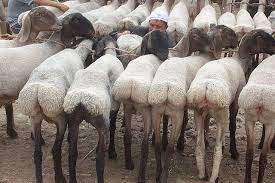
Research Paper
|
|
Molybdenum supplementation of fat-tailed ewes diets in an arid region
Gayirbegov DS, Mandzhiev DB, Tyurbeev TB.
Online J. Anim. Feed Res., 12(3): 160-164, 2022; pii: S222877012200021-12
DOI: https://dx.doi.org/10.51227/ojafr.2022.21
Abstract
The study aimed to establish the normal molybdenum requirements for open ewes of meat-and-fat breeds in arid climatic conditions. The study was carried out in the production conditions of the Buddha farm of the Republic of Kalmykia (Russia). The norm has been established based on a detailed study of the molybdenum content in organs and tissues and the degree of its absorption from the diet, considering the endogenous losses. It has been established that the norm of molybdenum is 4.5 mg per head per day, 2.8 mg per 1 kg of dry matter of the diet and 0.80 mg per 1 kg of live weight of a single ewe. Recommendations have been made to solve the problem of molybdenum deficiency in the diet of open ewes of meat-and-fat breeds in arid climatic conditions of Republic of Kalmykia.
Keywords: Open ewes, Norm, Element, Concentration, Kalmyk breed
[Full text-PDF] [Scopus] [ePub] [Export from ePrint]
|
|
Traditional management practices and production potential of beekeeping in Erer zone of Somali regional state, Ethiopia
Mahamed A, Abdimahad K, Abdilahi A, Hassen G, Hassen M, Omer A.
Online J. Anim. Feed Res., 12(3): 165-172, 2022; pii: S222877012200022-12
DOI: https://dx.doi.org/10.51227/ojafr.2022.22
Abstract
The study was carried out in Erer zone, Somali Region of Ethiopia, to assess beekeeping practices and production. A total of 156 respondents were selected randomly from two purposively selected localities based on beekeeping potential and interviewed using semi-structured questionnaire. The study revealed the majority of the respondents (85.9%) practiced traditional beekeeping system and hung their hives on trees away from the homestead in dense forest. The honeybee flora of the area consists mostly of nectar and pollen-producing trees and shrubs including Grewia tenax, Grewia penicillata, Acaciamellifera, Acaciareficiens, Acaciatortilis, Acaciasenegal, and Acaciahorrida. The average honey yield from traditional beehives was 4.85 kg, which is less than the national average yield (5 kg). The average honey yield from modern beehives, on the other hand, was 7.29 kg which is lower the amount obtained from other parts of the country. The major constraints of beekeeping are the high cost of modern hives and accessories, pests and predators of honey bees, water scarcity, shortage of bee forage, bee absconding and marketing. Birds, ants, spiders, wax moth, mice, lizards, and honey badgers were identified as the major honeybee pests and predators based on beekeeper responses. Pests and predators (37.8%), destroying nests during honey harvesting (26.9%), water scarcity (21.2%), and shortage of bee forage (14.1%) were the most common reasons for honeybee absconding. Beekeeping production remains low due to these constraints and traditional practices in the area. However, there is enormous potential and opportunity to increase honeybee production in the area. To improve the quantity and quality of honey yield in the area, significant extension and technical intervention, use of locally available beekeeping technologies, appropriate measures to manage honeybee pests and absconding, and training to enrich beekeepers' knowledge are necessary to be implemented.
Keywords: Bee forage, Beekeeper, Beekeeping practice, Hive, Honey production.
[Full text-PDF] [Scopus] [ePub] [Export from ePrint]
Previous issue | Next issue | Archive
This work is licensed under a Creative Commons Attribution 4.0 International License (CC BY 4.0).![]()
| < Prev | Next > |
|---|

